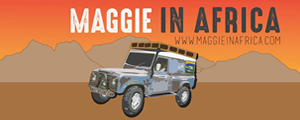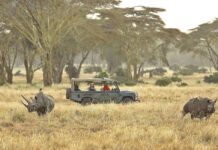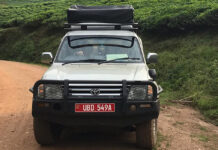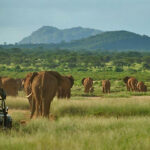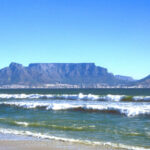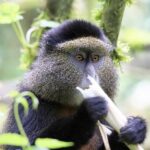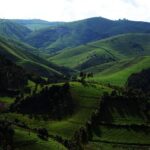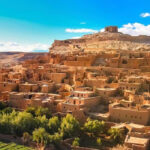Last week, Noel and I left South Africa for the small, landlocked Kingdom of Swaziland. One of Africa’s smallest countries by area, Swaziland nevertheless packs a big punch.
Some call Swaziland ‘hassle-free Africa’, and we couldn’t agree more. The country has a well-developed road network and numerous well-maintained campsites, which make it a joy to overland. We spent an amazing week driving around experiencing what the country has to offer – beautiful mountain vistas, vibrant culture, handicrafts and, of course, the wildlife.
You can read about the route we took below, and follow on the map at the end of this post!
The Barberton Geotrail
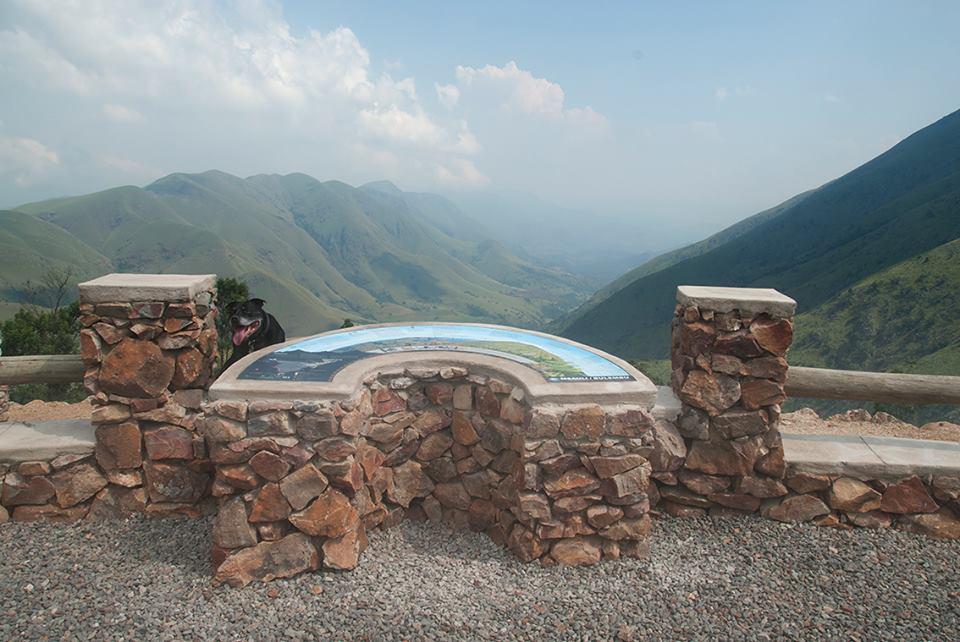 Most tourists enter Swaziland from the Ngwenya border, nearest to Mbabane (the capital city). But we chose to enter through the more scenic Josefdal border.
Most tourists enter Swaziland from the Ngwenya border, nearest to Mbabane (the capital city). But we chose to enter through the more scenic Josefdal border.
The Bulembu Road to the border winds steeply through the Makhonjwa mountains, where the South African city of Barberton has established a Geotrail. Anyone interested in geology will love the Geotrail, which is regarded as one of the most significant geological resources in the world due to the billion-year-old rocks in the adjacent landscape. Along the road, there are numerous stopping points set up with information on the geological significance of the area.
Bulembu: the sustainable village
- Village of Bulembu
- Bee houses in Bulembu
- Bulembu honey
After crossing the border into Swaziland, the road leads into the village of Bulembu – an inspiring town with a vision to become self-sustaining by 2020. And how they plan to do this: through … HONEY! Among other ventures, of course, including a community-owned bakery, dairy farm and timber company.
Noel and I were so excited to have found Bulembu and some delicious local honey, largely because Noel had been keeping me up for nights on end with relentless hay fever, but also because the proceeds of the honey go to support the community, and to providing basic social services such as health clinics and schools.
Malolotja Nature Reserve
- Hiking in Malolotja
- Maggie on the 4×4 trail
- Camping under the stars
Our next stop after Bulembu was the jaw-droppingly gorgeous Malolotja Nature Reserve – our favourite spot in Swaziland. With over 18,000 hectares of unspoilt mountain wilderness, 200km of hiking trails, and numerous waterfalls, we spent two amazing days exploring here.
The reserve is run by the Swaziland National Trust Commission, and we were really impressed by the well-maintained and value-for-money campsites in the reserve. The campsites are also a perfect place to stargaze – camping under the enormous night sky was a perfect place to try out our new Howling Moon Stargazer roof top tent 🙂
Mantenga Cultural Village & Nature Reserve
- Men’s dance
- Woman dancing
- Sangoma dance
After two days in the mountains, Noel and I thought it was about time to make the descent towards Mbabane, the country’s capital city. On the way, we stopped by the Mantenga Cultural Village for a taste of local traditions.
We started our tour by attending the daily sibhaca dance – a vigorous and colourful warrior dance (featured in the video below!). We followed up with a tour of a reenactment of a traditional Swazi village, complete with 16 ‘beehive’ huts and a kraal. Inside the reserve there is also a waterfall a short walk away – all in all, making for a lovely day!
Mlilwane Nature Sanctuary
- Cycling by the hippo pool
- Beautiful shady campsite
- A Nyala visiting Maggie
After the Mantenga Cultural Village, our next stop was the Mlilwane Nature Sanctuary, one of Swaziland’s three ‘Big Game Parks’. The reserve is Swaziland’s first-ever protected wildlife area, and the best as far as we’re concerned!
The reserve is home to a plethora of wildlife, but nothing dangerous (except hippos and crocodiles around the dam). So it’s the only wildlife park that you’re allowed to explore by foot or bike without a guide. We definitely took advantage!
We also had some friends stay with us in the campsite – a Nyala and some Zebra 🙂
Shopping in the Malkerns Valley
- Swazi candles
- Baskets from Gone Rural
- Pillar at House on Fire
After leaving Mlilwane, we thought it was time for some shopping. So we headed for the Malkerns valley to visit the famous Swazi Candles, Gone Rural and Baobab Batik shops.
Swaziland is super well-known for its handicrafts industry, and we were really impressed with everything – especially Gone Rural, whose profits support education, health, community development and women’s empowerment initiatives.
On the way, we also stopped by the impressive House on Fire – a music venue with a fantastical artistic decor, something like when Guadi meet Swazi…
Hlane Royal National Park
Our next stop was the Hlane Royal National Park, another one of Swaziland’s Big Game Parks. Except that this one actually has big game – including lions, hippos and white rhinos.
Although the campsites weren’t as well-maintained as Mlilwane, the highlights were dining to the sound of grunting hippos and falling asleep to roaring lions!
Shewula Mountain Rest Camp
After leaving Hlane, we stopped by the Shewula Mountain Rest Camp in nearby Simunya Nature Reserve. This spot claims to be the first community-run eco-tourism project in Swaziland, and we were extremely impressed! The location is beautiful, with a number of chalets and room for camping set in the Lubombo Mountains and a panoramic view of the lowveld below.
